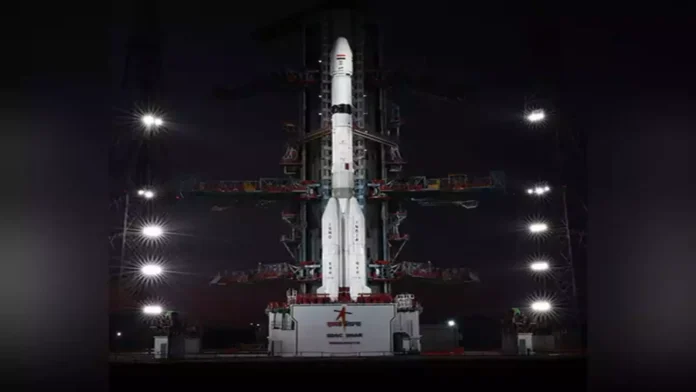Sriharikota (Andhra Pradesh) [India], January 29: Following the successful launch of the GSLV-F15 mission, marking ISRO’s 100th launch milestone, ISRO Chairman V. Narayanan expressed his gratitude to Prime Minister Narendra Modi for his long-term vision, which he said will guide the space agency’s growth for the next 20 to 40 years.
Narayanan emphasized the importance of political leadership, stating that ISRO has received consistent support and blessings from the government. “We’ve come a long way from moving rockets and satellites on old bicycles and bullock carts. Today, we are a vibrant and respected space organization. This achievement is not the work of one person, but a collective effort by leaders like Vikram Sarabhai and Satish Dhawan,” Narayanan said.
He further acknowledged the Prime Minister’s clear vision for the space sector, noting that the reforms initiated by Modi are pivotal to ISRO’s future. “The PM has outlined a clear path for what we need to achieve until 2040. Space sector reform is his brainchild, and we are not just receiving vision, but also project approvals. We are grateful for the continuous support from political leadership,” Narayanan added.
The GSLV-F15 mission, which successfully launched the NVS-02 satellite, took place at 6:23 AM from Sriharikota, Andhra Pradesh. This marked ISRO’s 100th launch from the country’s spaceport. The mission was the 17th flight of India’s Geosynchronous Satellite Launch Vehicle (GSLV) and the 11th flight with an Indigenous Cryo stage, underscoring India’s advancing capabilities in space technology.
Narayanan hailed the 100th launch as a significant milestone in India’s space program, stating, “I am extremely happy to announce that the first launch of this year has been successfully accomplished. This marks our 100th launch from ISRO’s spaceport—a major milestone for India’s space journey.”
He credited the space program’s success to visionary leaders, starting with Vikram Sarabhai, and continued under the guidance of Satish Dhawan and APJ Abdul Kalam. “From the first launch vehicle developed under Satish Dhawan’s guidance in 1979 to today’s achievement, we have developed six generations of launch vehicles. Today’s mission is the culmination of decades of progress.”
The GSLV-F15 mission successfully deployed the NVS-02 satellite into a Geosynchronous Transfer Orbit. The satellite is part of India’s regional navigation system, NavIC, which provides highly accurate positioning and timing services within India and the surrounding region.
NavIC offers two types of services: Standard Positioning Service (SPS) with an accuracy of better than 20 meters, and Restricted Service (RS). NavIC’s SPS ensures precise timing and positioning over an area extending about 1500 km beyond India’s borders.


